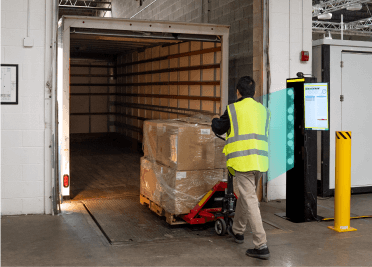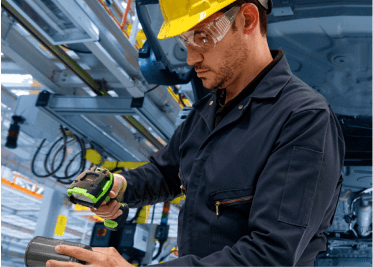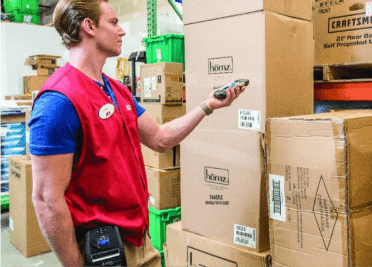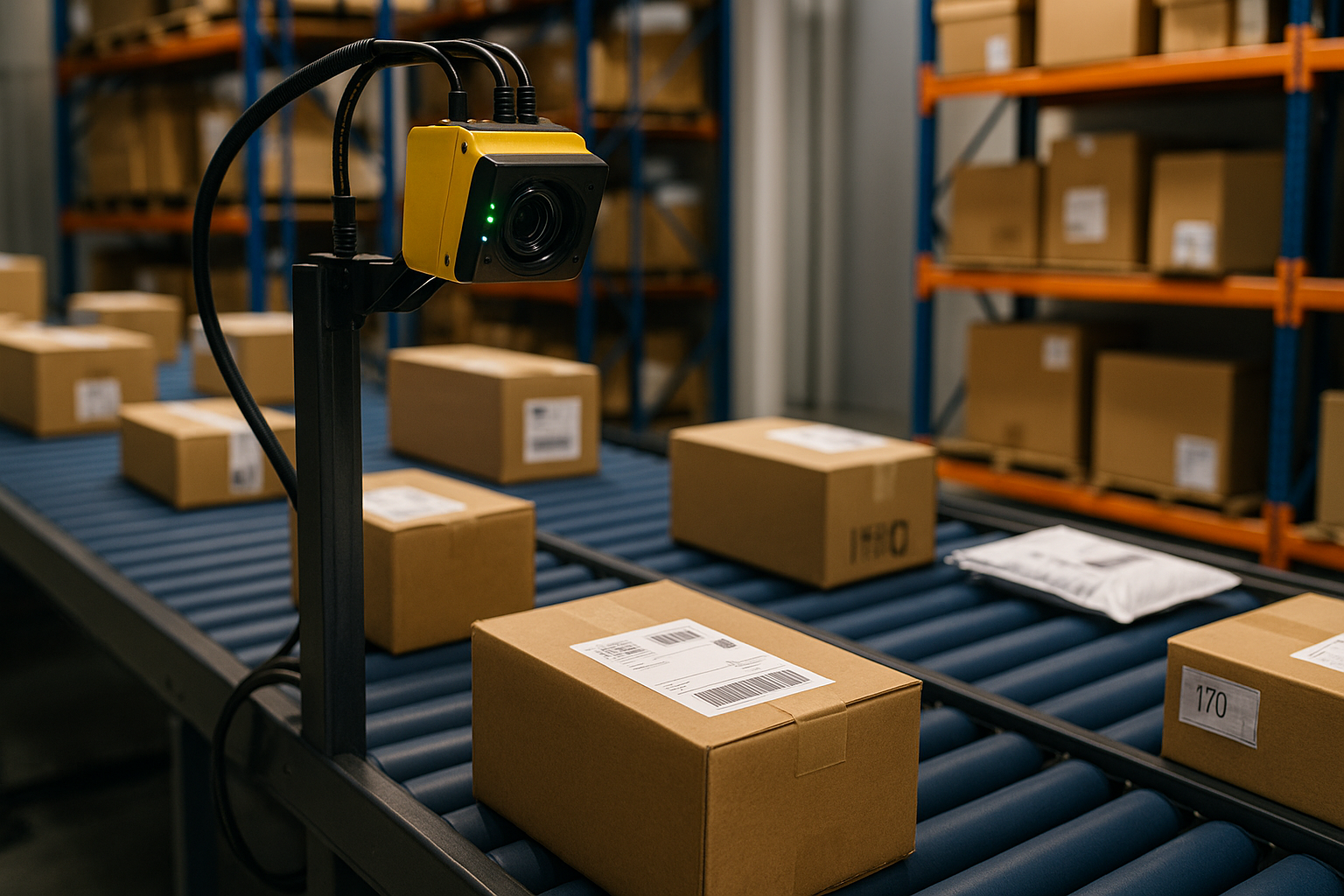Factory automation is built on predictability. The same part moves down the same line, hour after hour, day after day. Machine vision systems in that environment thrive because they can be trained to recognize a “known good” product and instantly detect deviations.
Warehouses and distribution centers, however, live in the opposite world.
A conveyor may carry a bed frame next to an envelope, followed by a box wrapped in reflective tape. Lighting changes from one dock door to another. Packages shift, labels peel, and barcodes face the wrong direction. These variations have made logistics one of the hardest industries to automate—until now.
The Consistency Problem
As Peter Tosh from Cognex explained during a recent webinar with AbeTech, “Factories have it easy because they deal with consistency. Warehouses don’t—and that’s why AI is critical.” Traditional vision systems were rule-based: engineers had to write detailed logic for every potential scenario. In a logistics setting, where thousands of package types may appear in a single day, that approach quickly breaks down.
The result is inconsistent read rates, costly manual rescans, and frustration for operations managers chasing reliability.
AI: The Great Equalizer
Artificial intelligence is changing the equation. Using deep learning and edge learning, today’s smart cameras can identify what matters within an image—even if the image itself keeps changing. Instead of comparing one static reference, these systems learn from thousands of examples, adapting in real time to differences in package size, shape, and surface texture.
For logistics operations, that adaptability means automation can finally scale. Cameras that once struggled with reflective tape or overlapping boxes now process millions of reads per shift with high confidence. Machine vision becomes less about coding and more about teaching systems to “see” like experienced workers.
From Complexity to Control
That shift transforms logistics workflows. With consistent, reliable data capture, warehouse leaders can:
-
Eliminate manual rescans and repetitive scanning tasks.
-
Reduce touchpoints across the operation.
-
Ensure complete traceability for every package.
-
Free up labor for higher-value roles, improving both efficiency and morale.
These gains multiply when integrated into AbeTech’s GateKeeper platform, which captures data from the moment a product enters a box until it leaves the dock. By combining Cognex’s AI-driven vision technology with AbeTech’s tailored system integration, enterprises achieve full visibility across every read point — even in unpredictable environments.
The Power of Partnership
Deploying advanced automation takes more than technology; it requires deep experience. AbeTech’s role as a systems integrator ensures that these AI vision tools don’t just work in theory—they work in your facility. From lighting and mounting angles to data communication protocols, every implementation is optimized for performance and repeatability.
The result is consistent automation that scales confidently across multiple sites—bridging the gap between what factories have long enjoyed and what warehouses now can.
The Takeaway
AI-powered machine vision is no longer a “future technology.” It’s the foundation of the next generation of logistics efficiency. By transforming variation into consistency, these systems unlock a new level of operational reliability and ROI.
Schedule a consultation to optimize your scanning and vision systems today.











